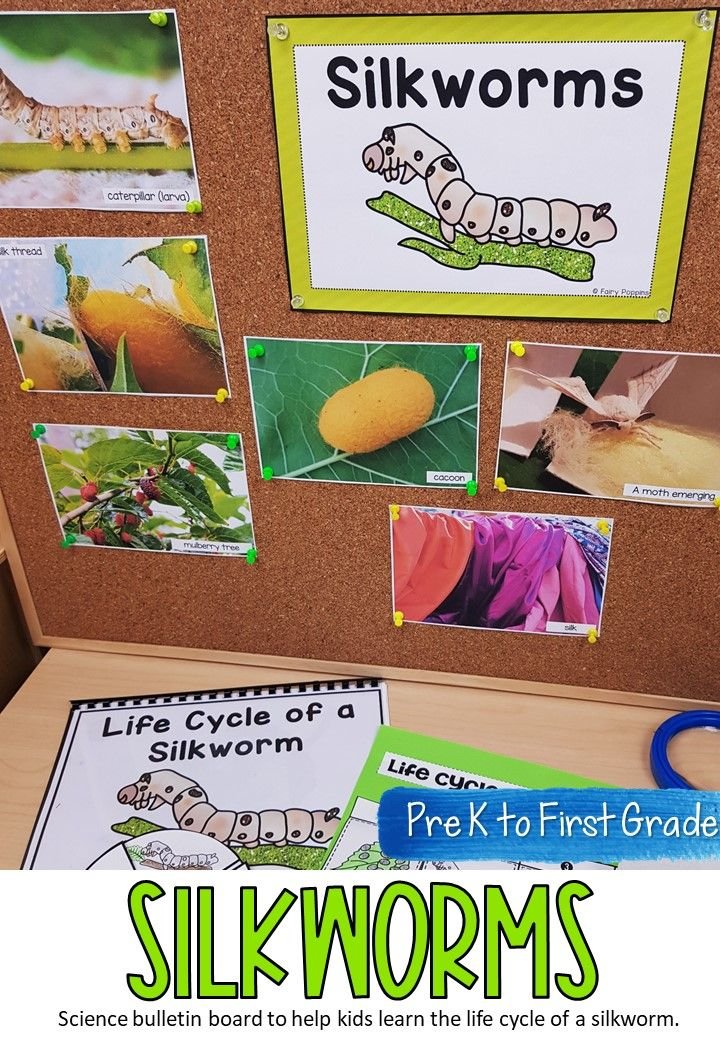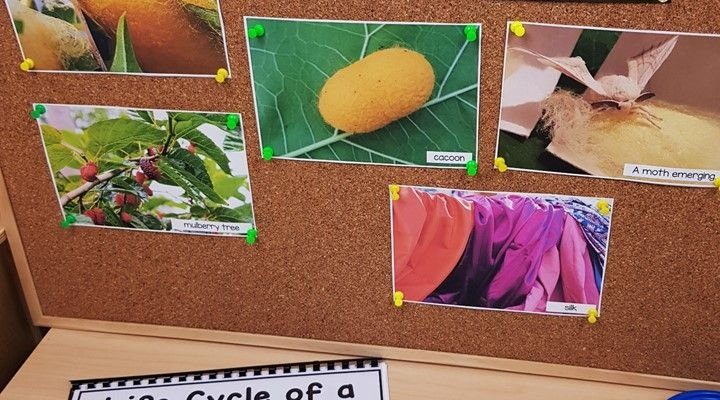
These tiny insects are the larvae of the silk moth and have been domesticated for thousands of years for their silk. Using them in educational projects is not just about observing their lifecycle; it’s about understanding concepts like ecosystems, genetics, and even the ethics of animal husbandry. So, grab a cup of coffee, and let’s dive into the incredible world of silkworms and how you can use them to spice up your next science project!
Why Choose Silkworms for Science Projects?
Choosing silkworms for your educational science project is like opening a doorway to a treasure trove of knowledge. You might be wondering, “What makes them so special?” For starters, their lifecycle is incredibly educational. Silkworms undergo a process known as **complete metamorphosis**, which consists of four stages: egg, larva, pupa, and adult. This transformation is a visual science lesson about growth and development that can inspire curiosity and excitement among students.
Moreover, silkworms have a straightforward care routine. They thrive on a diet of mulberry leaves, which are relatively easy to obtain. This means you won’t break the bank or spend hours searching for supplies. With just a bit of space and some basic supplies, you can watch these worms grow and transform, making it a hands-on experience that’s equal parts fun and educational.
Plus, they’re safe to handle, making them perfect for all ages. Whether you’re in a classroom filled with enthusiastic third-graders or guiding curious high school students, silkworms offer a low-stress way to engage with the biological sciences.
The Lifecycle of Silkworms: A Study in Metamorphosis
Let me explain why studying the lifecycle of silkworms is such a captivating experience. Watching a silkworm grow from an egg into a moth is like seeing a chef transform basic ingredients into a delicious dish. The stages are distinct and easy to observe, making them perfect for a project.
1. **Egg Stage**: The journey begins when the female silk moth lays hundreds of tiny eggs. These eggs are incredibly small and often white or yellow. You can watch them over a few days as they hatch into larvae, which is the next stage.
2. **Larva Stage**: This is where the magic happens! Once the eggs hatch, the tiny caterpillars start munching on mulberry leaves. It’s fascinating to watch them grow, shedding their skin multiple times in a process called molting. They can grow to up to 3 inches long!
3. **Pupa Stage**: The next phase is even more incredible. Once the larvae are ready, they spin themselves into a cocoon using silk they produce. This is a great opportunity to discuss how silk is harvested and its uses in textiles.
4. **Adult Stage**: Finally, the adult moth emerges from the cocoon, completing the cycle. Observing this transformation gives students firsthand insight into the concept of life cycles and evolution.
Incorporating activities that allow kids to observe these stages can turn abstract concepts into tangible learning experiences.
Caring for Silkworms: Basic Requirements
Caring for silkworms is manageable, even for those new to science projects. Here’s what you need:
– **Environment**: Silkworms do best in a warm, dry place with good ventilation. A simple box or container with holes for airflow works perfectly. Aim for temperatures around 70 to 80 degrees Fahrenheit.
– **Food**: Their diet consists primarily of mulberry leaves. You can often find these through local farms or specialty stores. Just make sure the leaves are fresh and pesticide-free!
– **Cleanliness**: Keep their living area clean to prevent mold or bacteria, which can be harmful. Changing their bedding every few days will help maintain a healthy environment.
By following these simple care tips, you can provide a nurturing home for silkworms, making the project successful and enjoyable.
Hands-On Activities with Silkworms
There’s nothing like hands-on activities to reinforce learning! Engaging students with silkworms can lead to various fun and educational tasks. Here are a few ideas to get you started:
– **Lifecycle Observation**: Document and illustrate the lifecycle stages. Students can keep a journal to draw and describe what they see as the silkworms progress through their metamorphosis. This encourages observation and critical thinking skills.
– **Silk Production Demonstration**: If you want to take it a step further, you can teach about silk production by demonstrating how to collect silk from cocoons. This can lead to discussions about economics and the history of silk.
– **Scientific Experimentation**: Have students conduct experiments by varying conditions—like temperature or light—to see how it affects growth rates. This teaches the scientific method and how to draw conclusions based on observations.
These activities not only enhance learning but also help foster teamwork and creativity.
Understanding the Importance of Silkworms in Agriculture and Industry
Silkworms aren’t just intriguing in a classroom; they play a significant role in agriculture and industry. Farming silkworms, known as sericulture, is a practice that has been around for thousands of years, especially in countries like China and India. Here’s the thing: it’s not just about producing silk. This industry supports millions of livelihoods and contributes significantly to the economy.
Understanding the economic aspect of silkworm farming can lead to interesting discussions about sustainability and ethics. For instance, you could discuss the environmental impacts of silk production versus other materials. It opens the door for students to think critically about their consumption choices and the broader implications of farming practices.
Moreover, learning about the industry can spark an interest in related fields such as entomology, agriculture, and environmental science. By connecting classroom lessons to real-world applications, you help students see the value of what they’re learning.
Common Challenges and How to Overcome Them
Like any educational project, working with silkworms comes with its own set of challenges. Here are some common issues and tips on how to tackle them:
– **Disease Prevention**: Silkworms can be susceptible to diseases if not cared for properly. Always monitor their environment for cleanliness, and avoid overcrowding them to reduce stress.
– **Diet Issues**: Children may struggle with finding fresh mulberry leaves. If that’s the case, you can also use alternative foods like lettuce or specially formulated silkworm food, though mulberry is best.
– **Lifecycle Timing**: It can be tricky to time the lifecycle so everyone gets to see the entire process. Planning ahead and starting the project several weeks before you want to observe the moths can help ensure everyone sees the full lifecycle.
With a little preparation and flexibility, you can navigate these challenges and make your silkworm project a success.
Wrapping Up: The Educational Impact of Silkworms
Incorporating silkworms into educational science projects is more than just fun—it’s an opportunity to explore complex ideas in a straightforward way. By studying their lifecycle, caring for them, and understanding their role in our ecosystem, students gain a deeper appreciation for nature and science. Plus, it fosters curiosity and critical thinking skills.
So, whether you’re a teacher looking for a new project or a parent wanting to engage your child in hands-on learning, consider silkworms as a fantastic option. They offer a captivating glimpse into the fascinating world of biology, sparking conversations that can last long after the project is complete.

